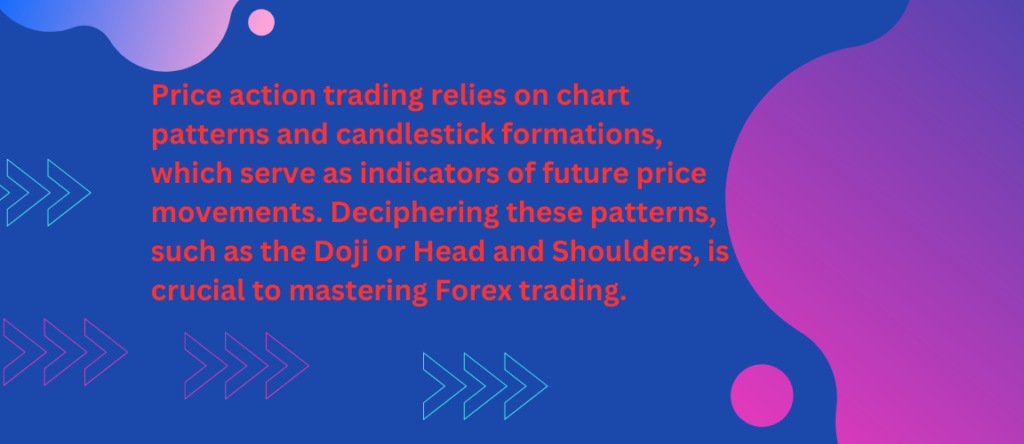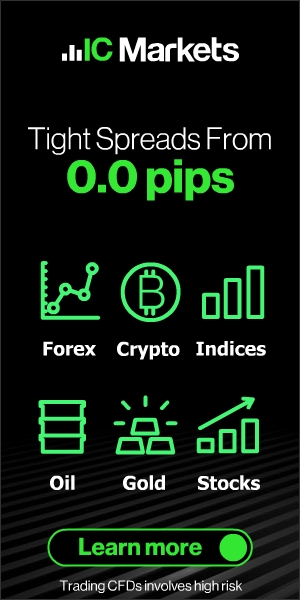
Price Action in Forex Trading: The Ruler of the Seven Charts
- Jonny Smith
- July 1, 2023
- Forex Trading For Beginners, Forex Trading Strategies
- Best_forex_broker, ecn, ECN_Forex, forex_brokers, Froex_Demo_Accounts, price_action, strategies
- 0 Comments
Hello there, brave Forex voyagers!
Our journey today takes us through the captivating world of price action trading in the Forex seascape. Buckle up, and let’s embark on this exhilarating trip! 🚀🎢
The Legend of Price Action Trading 📜🔍
In the kingdom of Forex, price action trading is often regarded as the Great Elder, leading traders through the tumultuous storms of the market. But what’s the lore behind it?
Price action trading is a methodology that relies on historical prices to foresee trading decisions. Essentially, it’s the study of a currency pair’s price movement to predict its future course. 📈🔮
Simple enough, right? Hold your horses, there’s a twist in the tale.
The Pillars of Price Action: Chart Patterns and Candlestick Formations 🏰📈
Price action trading stands tall on the pillars of chart patterns and candlestick formations. Forex traders employ various types of charts like line charts, bar charts, or the alluring candlestick charts to spot specific price patterns indicative of future price movements.
Let’s dig deeper into these patterns:
1. The Candlestick Chronicles: 🕯️📊
Candlestick patterns are like secret codes to potential market reversals. The mysterious Doji, the valiant Hammer, the engulfing Engulfing patterns are some of the commonly encountered ones.
2. The Chart Pattern Saga: 📉📈
Chart patterns unfold over extended timelines and hint at a possible continuation or reversal of the ongoing trend. Key characters in this saga include the deceptive Head and Shoulders, the conflicting Double Top and Bottom, and the ambiguous Triangles.
Cracking these patterns is key to conquering the realm of price action trading.

Support and Resistance: The Gatekeepers of Price Action Trading 🗝️🔒
In price action trading, support and resistance levels reign supreme. They act like ghostly sentinels, restricting the price movement of a currency pair in a specific direction.
Support denotes a price point where buying fervor robustly surpasses selling pressure, stalling price decline as demand outperforms supply. 🛡️⏬
Conversely, Resistance is a level where selling zeal triumphs over buying interest, halting further price ascension. 🛡️⏫
Identifying these gatekeepers can aid traders in choosing optimum entry and exit points, stop losses, and profit targets.
The Price Action Trading Prophecy 🔮💹
Why does price action trading hold such importance? The answer is simple: it empowers traders to ‘decode’ the market and make trading choices based on the current market situation, instead of relying on lagging indicators. It provides a more immediate, intimate view of the market, making it an invaluable asset in any trader’s treasure chest. 🏴☠️📈
Epilogue: Unraveling the Magic of Price Action Trading 🎇💹
Price action trading is not merely a strategy—it’s an ancient dialect, a way of engaging with the market, comprehending its whims, and forecasting its next leap. It’s about reverting trading to its most primal form, utilizing raw price data to navigate the course. 🧭📊
Eager to uncover more thrilling tales from the Forex realm? Simply utter a “continue,” and we’ll dive headfirst into the mesmerizing world of Forex trading. Until then, let the market be your map! 🗺️💹
The Art of Trend Identification in Price Action Trading 🎨📈
Price action trading is as much an art as it is a science. One of the key artistic strokes in this strategy is identifying trends. They give you a sense of where the price has been, and where it might be heading. But remember, trends are tricky! They’re like those roller coaster rides that are exciting but can sometimes give you a real headspin! 🎢😵
1. Uptrend: The Bullish Surge 📈🐂
When prices consistently make higher highs and higher lows, we’ve got ourselves a party on Wall Street, my friends! This is what we call an uptrend, characterized by a bullish market. It’s like a growing wave, lifting all the boats (in this case, the price of the currency pair). 🌊🚤
2. Downtrend: The Bearish Tide 📉🐻
On the flip side, when prices are consistently making lower highs and lower lows, we’re in a bearish market. This is a downtrend, akin to an ebbing tide that lowers all the boats in the harbor. 🌊⛵
3. Sideways Trend: The Calm Sea 📏⛴️
And then there are those times when the market can’t seem to make up its mind. Prices bounce within a narrow range, neither rising to new highs nor falling to new lows. This is a sideways trend. It’s like a calm sea, with boats gently bobbing but not really going anywhere. 🌊🚣♀️
The Role of Volume in Price Action Trading 📣📈
Imagine you’re at a concert. The music’s loud, but when everyone starts singing along, it’s deafening! That’s what volume does to price movement. It amplifies the signal. 🔊🎵
In Forex trading, volume refers to the number of currency units that are traded within a specific period. A significant change in volume is often a precursor to a new move in price. Therefore, keeping an eye on volume can help you predict major market moves.
The Dynamic Duo: Price Action and Technical Analysis 🦸📊
In the epic quest of Forex trading, our hero, Price Action, often teams up with a trusty sidekick – Technical Analysis.
Technical analysis is like the Sherlock Holmes of the trading world. It’s all about deducing future price movements based on past market data. 🕵️♂️🔍
Combined, these two create a powerful alliance that can help traders make informed decisions. But how exactly do they work together? Let’s break it down:
1. Support and Resistance with Technical Indicators 🎯📈
Remember our old friends, Support and Resistance? Technical indicators can help identify these crucial levels. Tools like Fibonacci retracement or Pivot Points can serve as signposts marking potential areas of support or resistance. 📍🧭
2. Trendlines and Moving Averages: The Pathfinders 🛤️📉
Trendlines and Moving Averages are the bread and butter of any price action trader. A trendline connects a series of higher lows in an uptrend or lower highs in a downtrend, thus defining the trend. Moving averages, on the other hand, smooth out price data to identify a trend over time. They’re like your GPS, guiding you through the market landscape. 🛣️🗺️
3. Oscillators: The Mood Detectors 🌡️📊
Ever wished you could read the market’s mood? Well, oscillators might be your answer! Tools like the Relative Strength Index (RSI) or Stochastic oscillator can help identify if a market is overbought or oversold. They can signal when the market is due for a price correction, like a mood swing in the other direction. 📈🔄
Parting Thoughts: The Harmony of Price Action and Technical Analysis 🎵📈
When Price Action and Technical Analysis join forces, they create a melody that can guide traders through the market’s ebb and flow. While Price Action serves as the rhythm, setting the tempo based on raw price data, Technical Analysis is the melody, adding depth and richness with its tools and indicators.
In our next chapter, we’ll continue our deep dive into the world of Forex trading. If you’re ready to keep learning, just say “continue,” and we’ll keep exploring. Until then, may the markets be with you! 🌌💹








